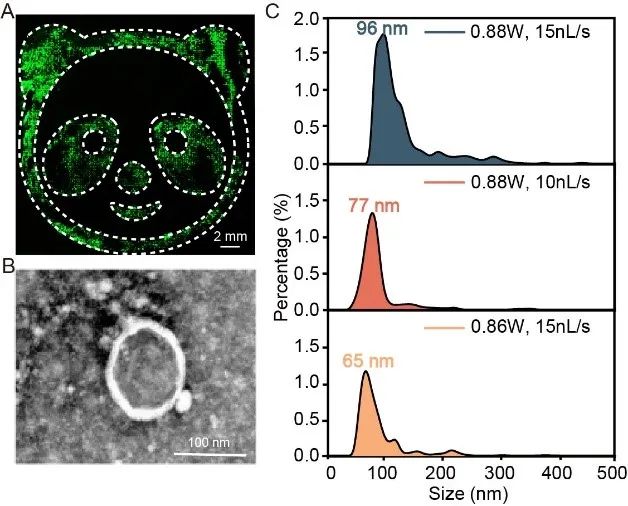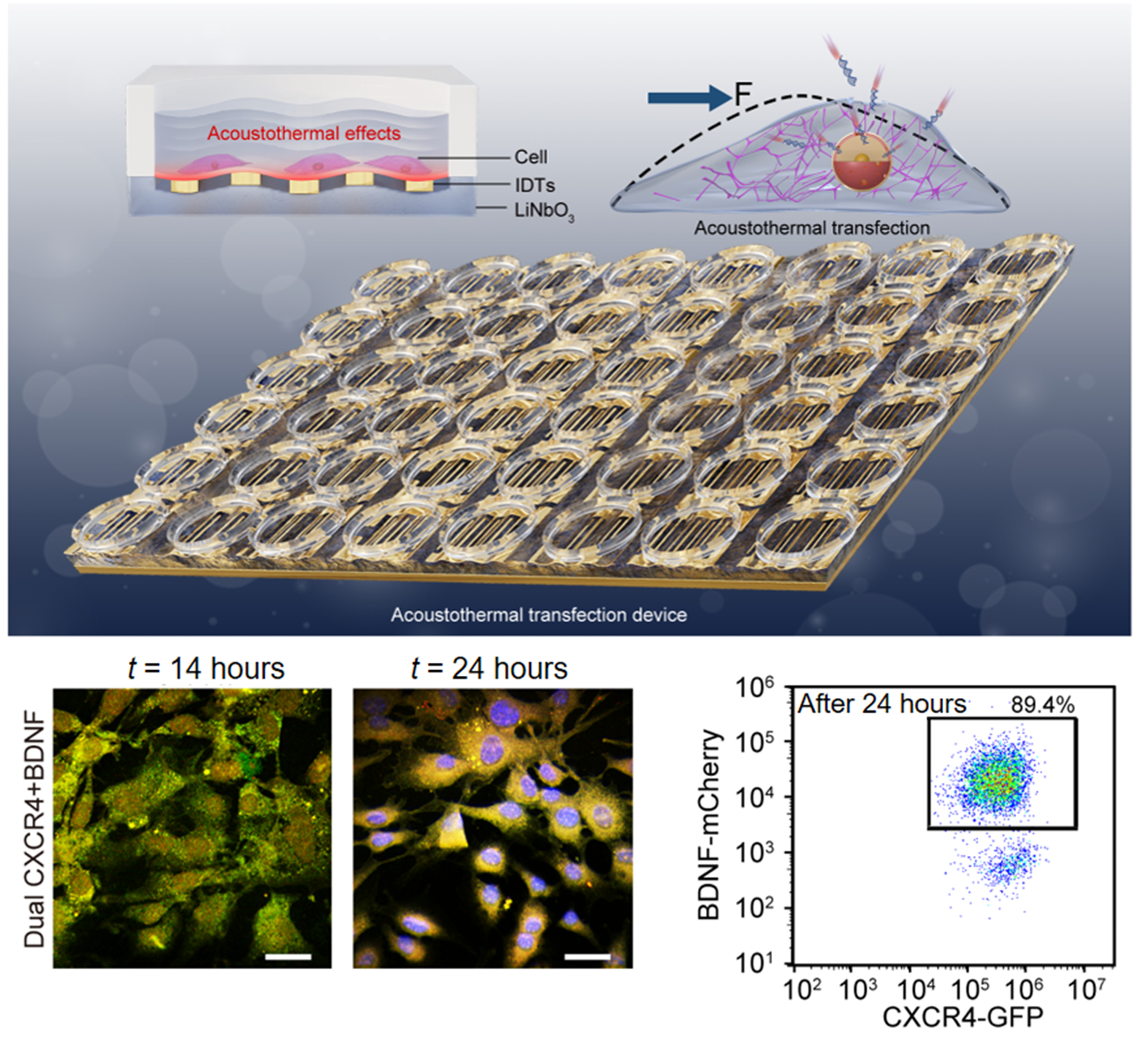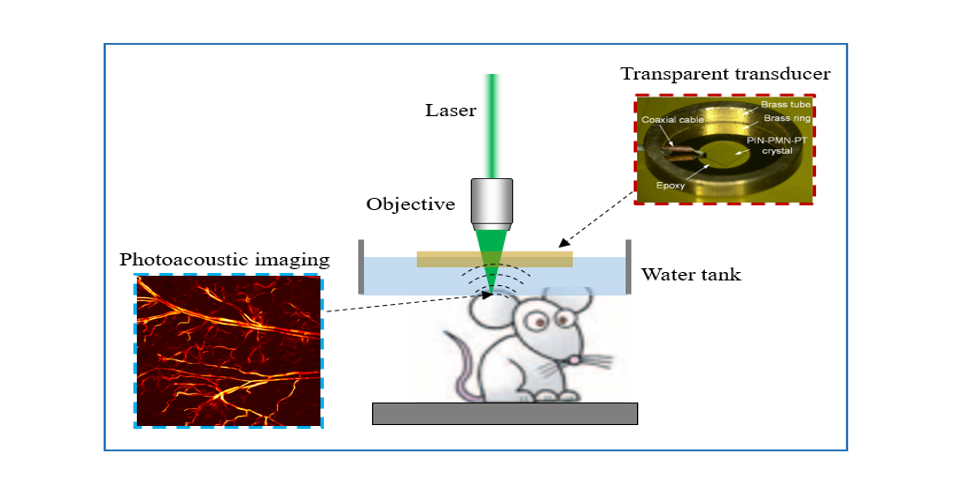
Oscillating Microbubble Array-based Metamaterials (OMAMs) for Rapid Isolation of High-Purity Exosomes
Exosomes, secreted by most cells, carry biological information and proteins that serve as noninvasive biomarkers for diagnosing and predicting disease progression and metastasis. However, the rapid isolation of high-purity exosomes from various biofluids, such as undiluted whole blood, plasma, and serum, remains a challenge.
Acoustic methods, leveraging acoustic waves for gentle, contactless manipulation, offer a promising path forward. However, effectively isolating nanoscale particles, such as exosomes, directly from complex fluids like whole blood remains challenging. This difficulty partly from the acoustic diffraction limit, which restricts the tightness with which acoustic waves can be focused and controlled, thereby hindering the development of nano-separation techniques.
Recently, a researcher team led by Academician ZHENG Hairong and Prof. MENG Long at the State Key Laboratory of Biomedical Imaging Science and System, Shenzhen Institutes of Advanced Technology (SIAT) of Chinese Academy of Sciences, in collaboration with Prof. TIAN Zhenhua from Virginia Tech, USA, has developed oscillating microbubble array–based metamaterials (OMAMs) for efficiently isolating exosomes from undiluted whole blood without labeling or pretreatment procedures.
The study was published in the journal Science Advances on Apr.18.
In this study, OMAMs, a multifunctional tunable ultradeep subwavelength metamaterial, enables the generation of multiple arbitrary acoustic fields with ultradeep subwavelength resolution (~λ/186), facilitates switching between different acoustic energy fields, and allows for spatial tailoring of acoustic waves. Utilizing acoustic radiation forces and acoustic streaming, they capture larger particles like blood cells, effectively filtering the sample and allowing smaller exosomes to pass through.
To understand the particle trapping mechanisms, the researchers designed the OMAMs platform as a highly efficient, reusable nanofilter with 46,750 microbubbles. This expanded the cross-scale capability of acoustic manipulation, in situ isolation of high-purity exosomes from whole blood samples.
Experimental results show that OMAMs can isolate exosomes from undiluted whole blood in about 3 minutes with 93% purity, without requiring chemical reagents or pretreatments like centrifugation and filtration. Additionally, tuning microbubble oscillation amplitudes allows for further size-based isolation of exosome subpopulations within different mean diameters (e.g., 88.1, 127.2, and 168.8 nm), demonstrating versatile acoustic tunability. This offers a powerful new tool for liquid biopsy and precision medicine.
Compared to existing methods, the OMAMs platform offers a significantly faster, simpler, and potentially more cost-effective route to obtaining high-purity exosomes directly from clinical samples. This capability is crucial for advancing liquid biopsy diagnostics and developing exosome-based therapeutics.
"We anticipate that the OMAMs will benefit exosome-based biological research and clinical applications, as well as the development of tunable metamaterial-based acoustic lenses and transducers", explained Prof. MENG Long.

Fig.1. Article cover. (Image by SIAT)

Fig.2. (A) Construction of complex-shaped microparticle patterns based on OMAM; (B)The morphological structure of the isolated exosome; (C)The isolation of exosome subpopulations with different diameters. (Image by SIAT)
File Download:

